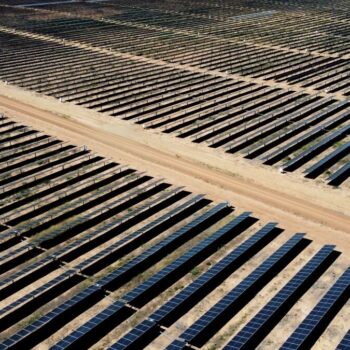To understand the political dynamics of the Visegrád Group, made up of Poland, Hungary, the Czech Republic and Slovakia, knowledge of key energy and climate indicators is essential. For this reason, E3G in 2016 commissioned local partner organisations to produce a set of infographics highlighting key differences and similarities across the Visegrád countries.
As these infographics show, the Visegrád countries share important commonalities. Compared to the EU average, they typically have higher shares of fossil fuels in domestic energy consumption, higher energy intensity and higher air pollution, largely as a result of heavy coal use. The share of renewable energy in electricity consumption is typically lower than in many Western European countries. While the Visegrád states are often perceived to be major polluters, CO2 emissions per capita are at comparable levels to many Western countries, as energy consumption per capita tends to be much lower in Central and Eastern Europe.
At the same time, there are important nuances, such as the high share of renewables in Slovakia, the fact that the Czech Republic has higher per capita CO2 emissions than Poland or Hungary's energy intensity, which is by far the lowest in the Visegrád group. The main fuels used by households also differ substantially by country. The last infographic shows that Hungarians, living in the most climate-vulnerable Visegrád country, care increasingly about climate impacts.
The whole set of infographics is available for use in English, Hungarian, Czech and Polish.








